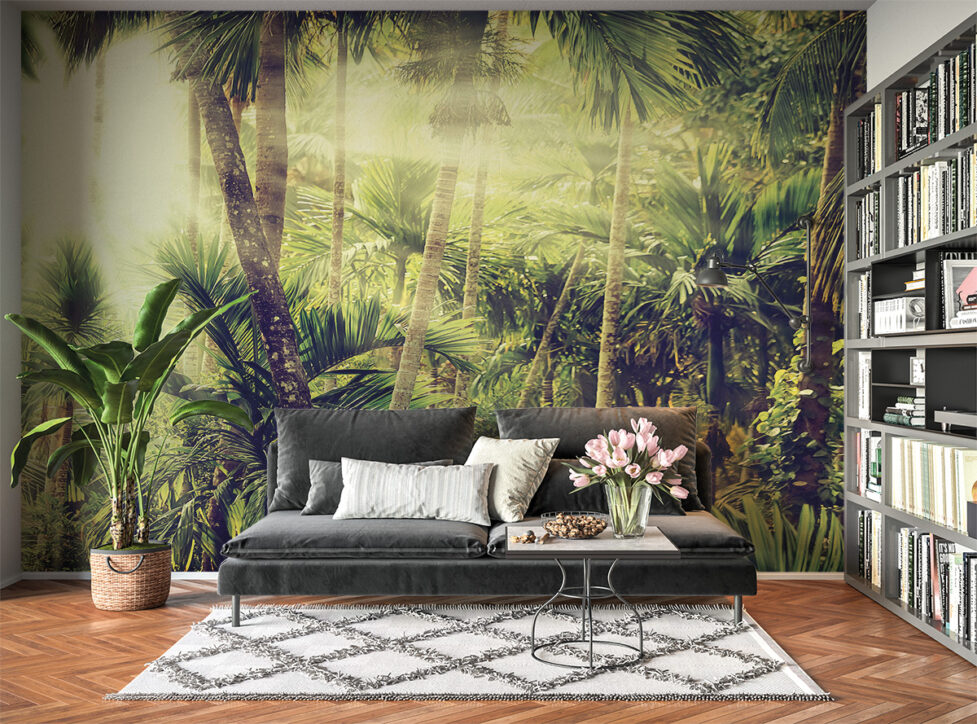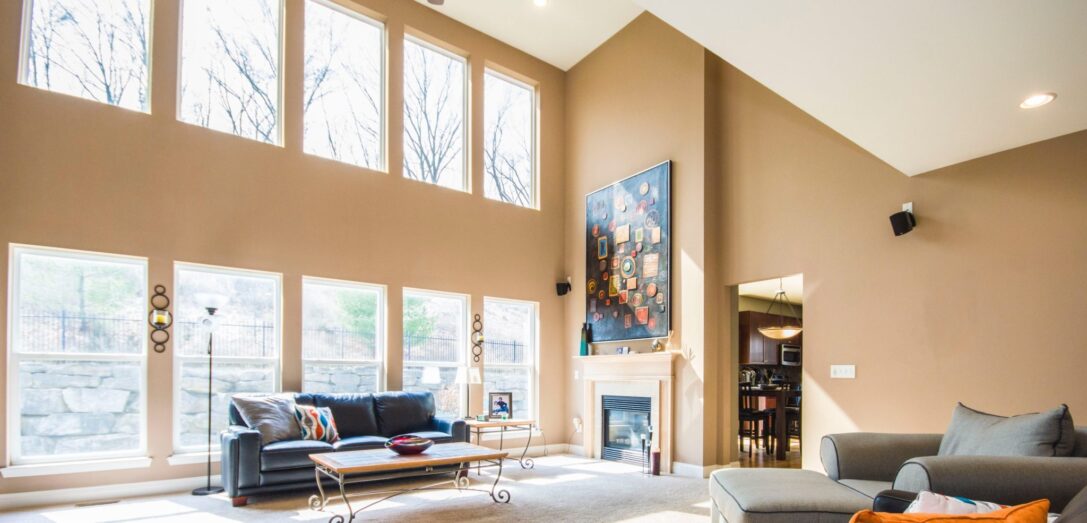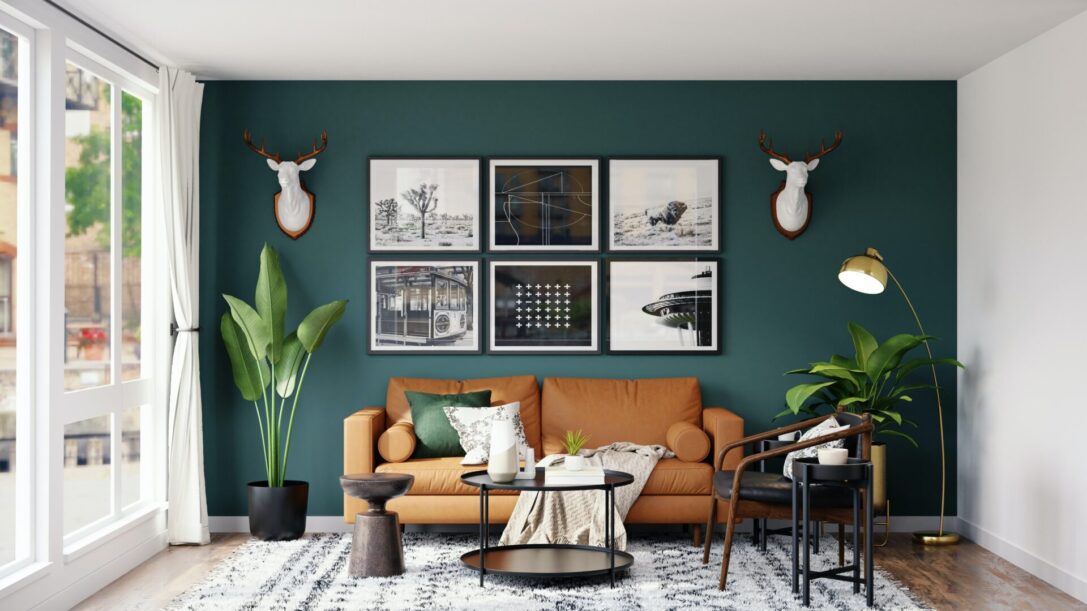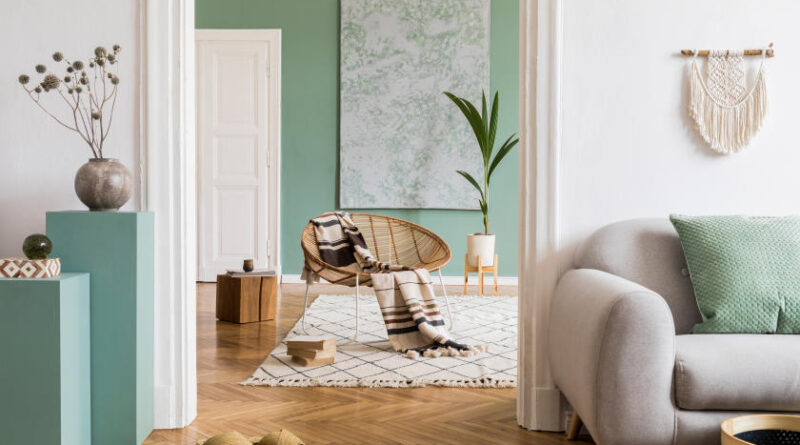Choosing Paints for Different Rooms: Tips for Creating Cohesive Spaces
Choosing the right paint for your home can be daunting, but it’s essential to creating a cohesive and stylish space. Different rooms have different purposes and require different schemes to create the desired atmosphere. A paint colour chart is helpful for anyone planning to paint their home or office.
It is a visual representation of all the different colours available from a particular paint manufacturer, organised to make it easy for the user to compare and choose between them. The following points will discuss tips for choosing paints for different rooms to create cohesive spaces.
Consider the Room’s Function

When choosing paints for different rooms, it’s important to consider the room’s function. For example, a bedroom should have a calm and relaxing scheme, while a home office should have a more energising scheme. By considering the room’s function, you can choose a colour theme that enhances the room’s purpose and creates the desired atmosphere.
Create a Colour Scheme
Creating a scheme can help you choose suitable paints for different rooms and enhance your home’s look. A colour scheme involves selecting a group of colours that work well together and using them throughout your home. You can choose a monochromatic scheme, or a complementary scheme.
Choose a Focal Point
Choosing a focal point can help you choose the right paint for a room and create a cohesive space. A focal point can be a piece of furniture, artwork, or even a window. By choosing a focal point, you can select a shade that complements the focal point and ties the room together. For example, if you have a colourful piece of artwork in your living room, you can choose a paint colour that complements the hues in the artwork.
Consider Natural Light

Natural light can greatly impact the colour of a room, so it’s important to consider the amount of natural light a room receives when choosing paint colours. Rooms that receive a lot of natural light can handle brighter colours, while rooms with less natural light may require lighter shades to prevent them from feeling too dark. It’s also important to consider the direction of the windows. Rooms facing north or east tend to receive cooler light, while rooms facing south or west receive warmer light.
Choose the Right Finish
When choosing paints for different rooms, choosing the right finish is important. Different finishes have different properties and are suitable for different areas of your home. For example, a flat or matte finish is suitable for low-traffic areas such as bedrooms or dining rooms, while a satin or semi-gloss finish is more suitable for high-traffic areas such as kitchens or bathrooms. By choosing the right finish, you can ensure that your paint job looks great and lasts longer.
Test Colours

Before committing to a shade, it’s essential to test it. Paint a small section of the wall and observe how it looks in different lighting conditions throughout the day. It’s also a good idea to test multiple colours and compare them to choose the right one.
Choosing paints for different rooms can be challenging. By considering the room’s function, creating a colour scheme, choosing a focal point, considering natural light, choosing the right finish, and testing colours from the paint colour chart, you can choose the right paints for different rooms and create a cohesive space. Remember to have fun with your paint selections and choose shades that you love and that make you feel at home. With these tips, you can create a home that is stylish, cohesive, and uniquely you.



